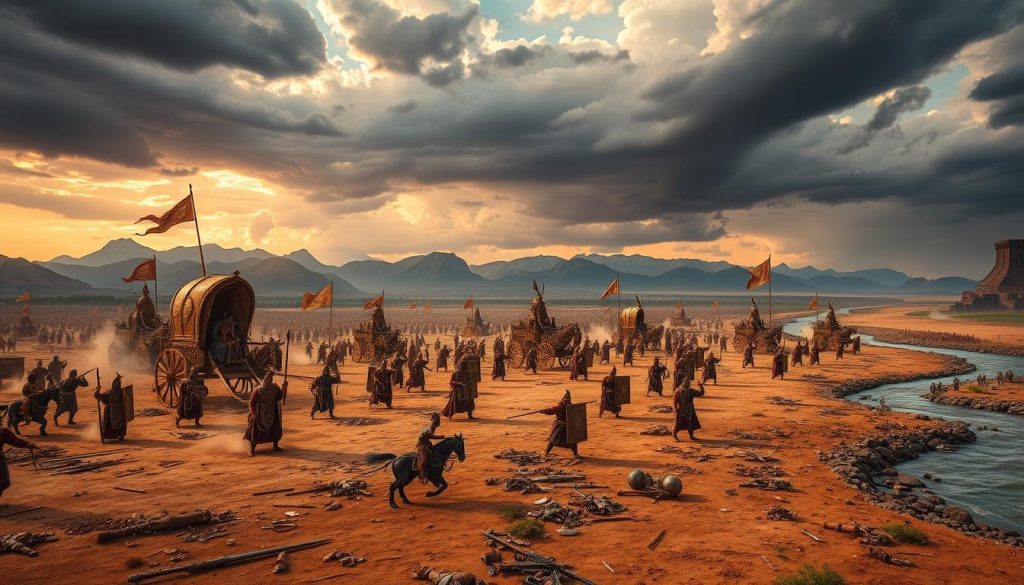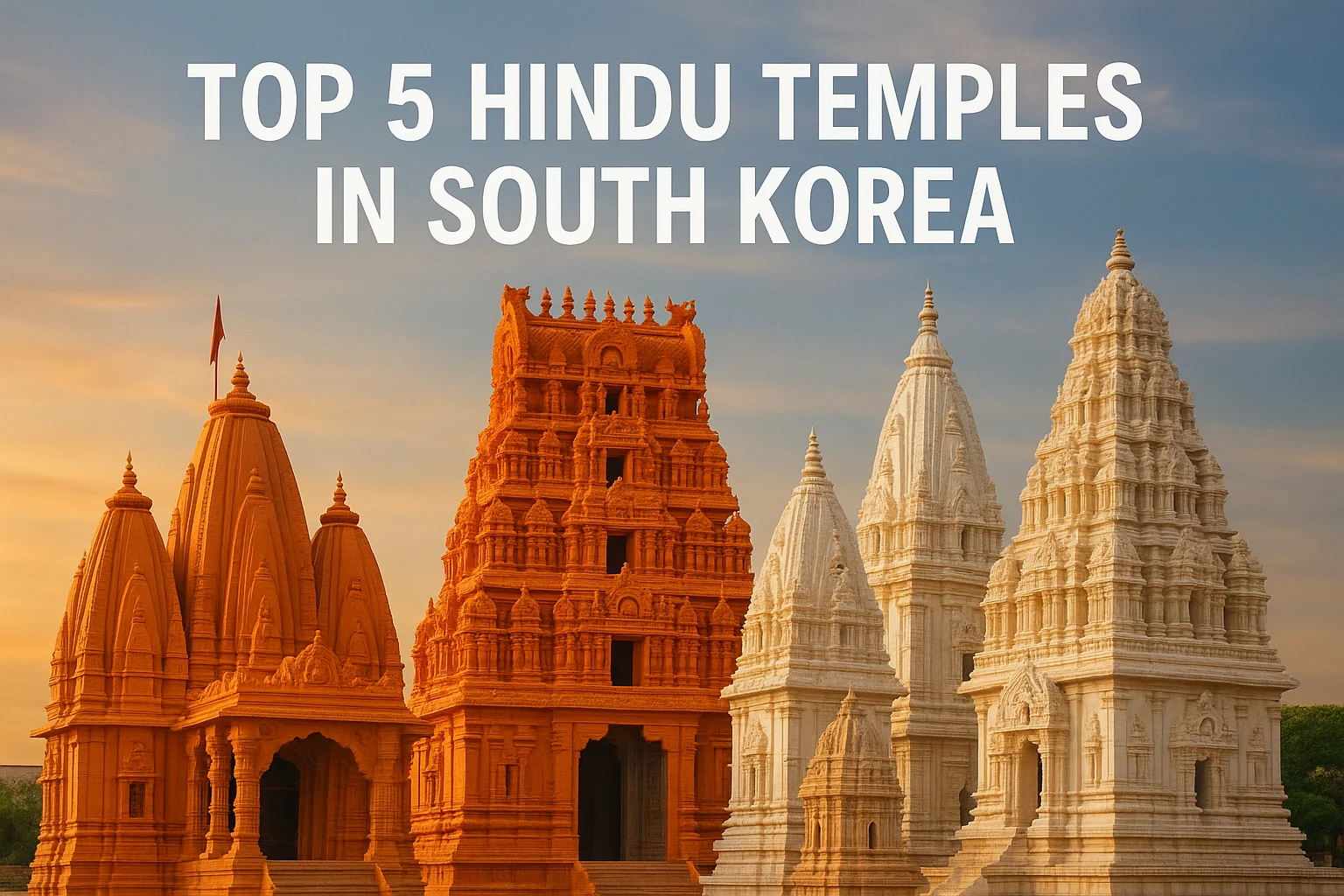The Mahabharata, one of the foundational epics of Indian culture and spirituality, narrates tales of dharma (duty), righteousness, betrayal, and ultimately, the colossal conflict known as the Kurukshetra War.
This devastating battle between the Pandavas and the Kauravas stands as a pivotal event in the narrative. A fundamental question many seek to answer is: Exactly how long did the Mahabharata war last?
According to the Mahabharata itself, authored by the sage Vyasa, the great war fought on the battlefield of Kurukshetra lasted for a total of 18 consecutive days.
The Significance of the 18 Days
This period of 18 days was not arbitrary. It represents a concentrated span of intense, brutal warfare that led to immense destruction and the loss of millions of lives.
Key aspects of this 18-day conflict include:
- Relentless Combat: Unlike smaller skirmishes, the Kurukshetra war involved continuous, day-long battles from sunrise to sunset (with specific rules, though often broken) for 18 straight days.
- Fall of Great Warriors: Each day saw significant events, including the fall of legendary commanders and warriors like Bhishma, Drona, Karna, Abhimanyu, Ghatotkacha, and the near-complete annihilation of the Kaurava brothers.
- Decisive Outcome: The 18 days culminated in the decisive victory of the Pandavas, led by Yudhisthira and Arjuna, over the Kauravas, led by Duryodhana. However, it was a pyrrhic victory, achieved at an unimaginable cost.
- The Bhagavad Gita: Crucially, the war began after the famous discourse of the Bhagavad Gita, delivered by Lord Krishna to a conflicted Arjuna on the battlefield before the commencement of hostilities on the first day. This dialogue itself forms a central philosophical text within the epic.
Importance of the Number 18 in the Mahabharata
The number 18 holds a remarkable symbolic significance throughout the Mahabharata, reinforcing the structured nature of the epic and the war’s duration:
- 18 Parvas (Books): The Mahabharata itself is divided into 18 major parvas or sections, detailing the entire saga leading up to, during, and after the war.
- 18 Akshauhinis: The total number of armies (measured in Akshauhinis, a specific battle formation with a set number of chariots, elephants, cavalry, and infantry) that participated in the war was 18 (11 fighting for the Kauravas and 7 for the Pandavas).
- 18 Days of War: The duration of the conflict itself mirrors this recurring number.
This thematic consistency highlights the deliberate structure within Vyasa’s composition and underscores the significance of this specific duration.
Why Just 18 Days for Such a Massive War?
While seemingly short for a conflict described as world-altering, the 18 days represent the period of the main, concentrated battle at Kurukshetra.
The intensity, the sheer scale of the armies involved (millions of soldiers), and the presence of divine weapons and legendary warriors meant that the conflict was incredibly destructive and decisive within this timeframe.
It wasn’t a protracted guerilla war, but a massive, head-on confrontation that rapidly consumed the participating forces.
Conclusion: A Defining 18-Day Conflict
In summary, the great Mahabharata war, fought at Kurukshetra, spanned 18 days. This duration is not just a historical detail within the epic, but a symbolically significant number echoing the structure of the Mahabharata itself.
These 18 days witnessed unparalleled heroism, tragedy, the profound teachings of the Bhagavad Gita, and ultimately marked the end of the Dvapara Yuga, forever changing the course of the epic’s narrative and leaving an indelible mark on Indian culture.









